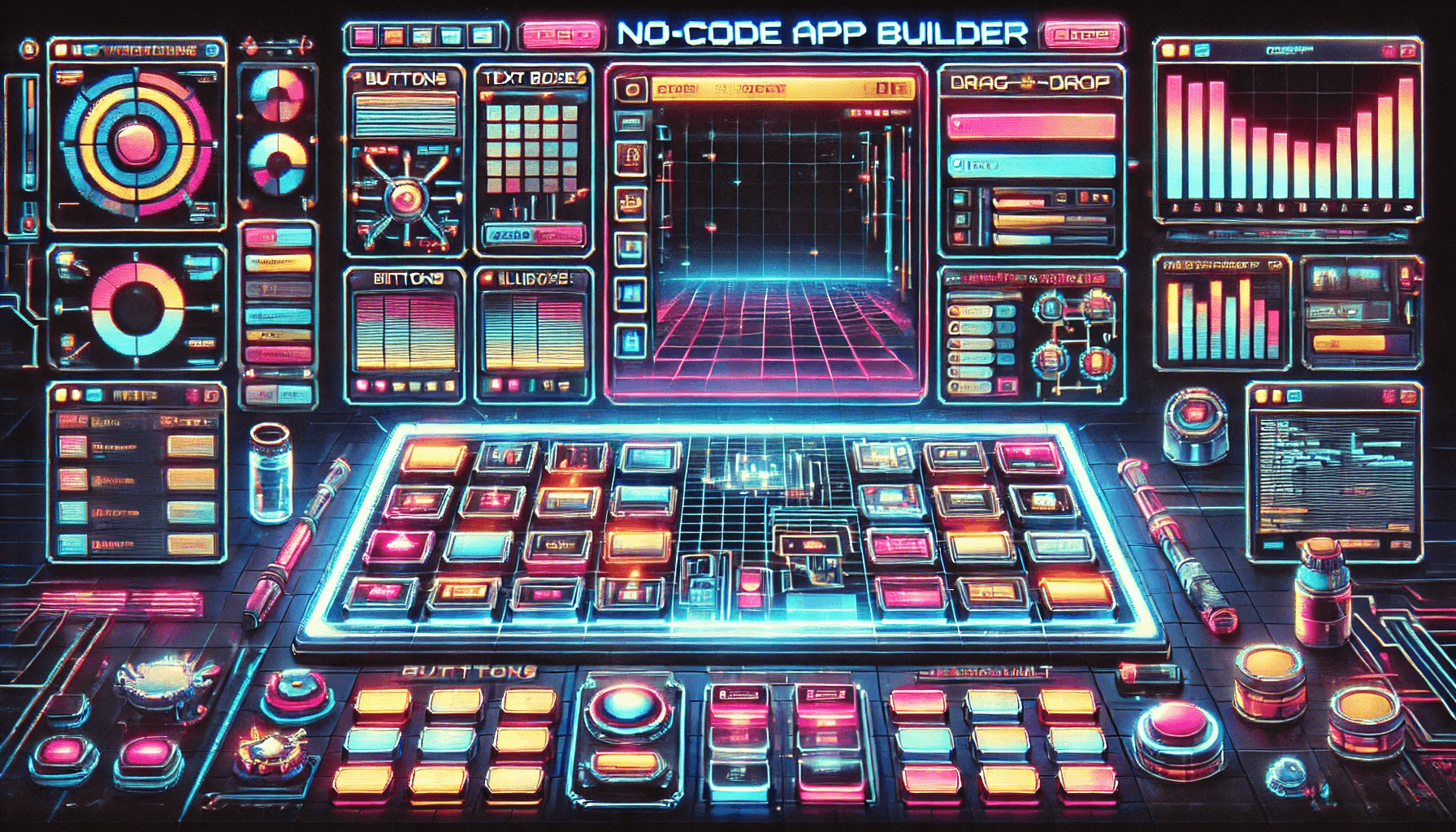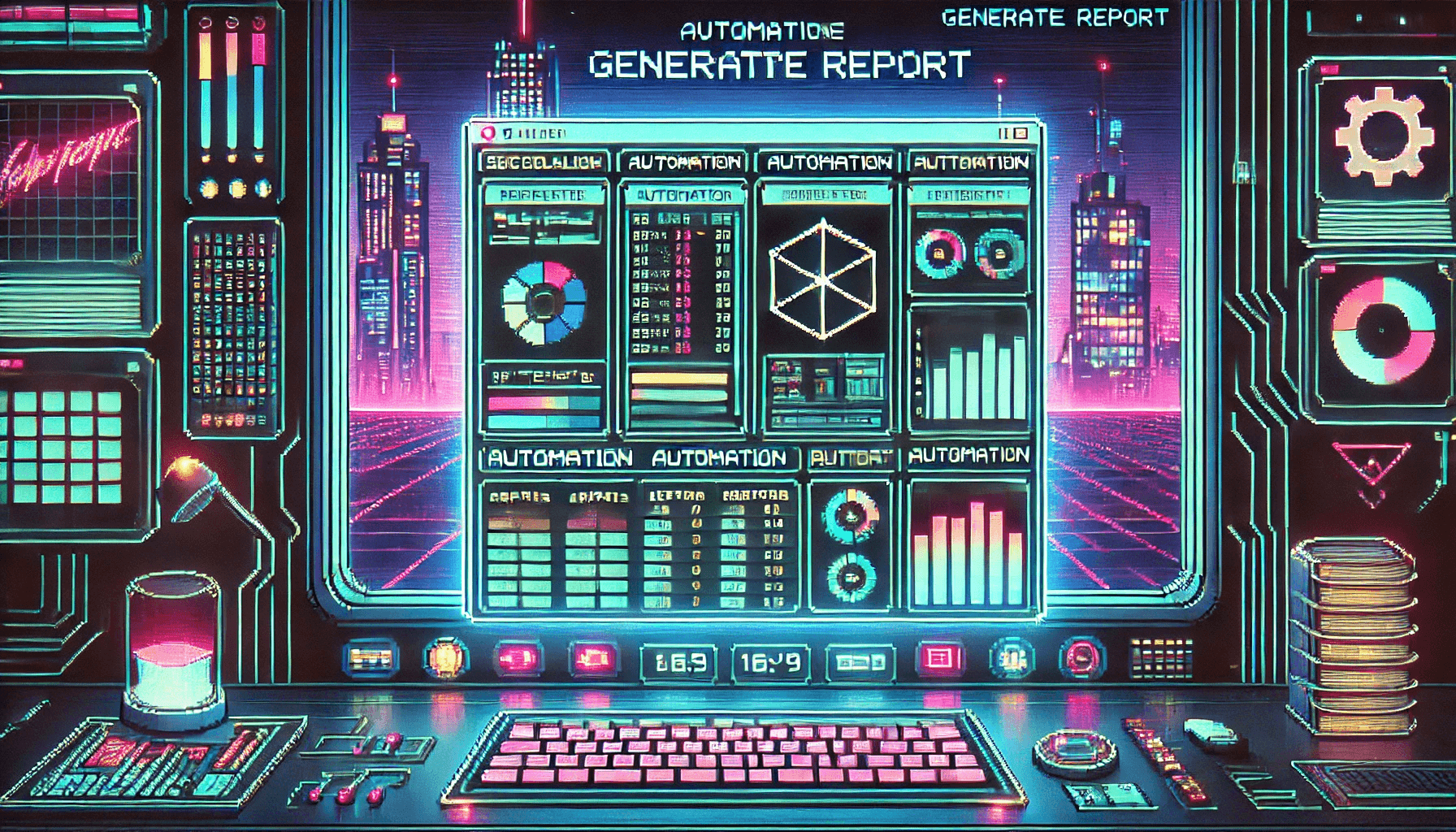Low-Code/No-Code for Desktop Software
Discover how low-code and no-code platforms are bringing desktop app development to non-engineers

@chromecipher1
4 months ago
0
Low-Code/No-Code for Desktop Software
When people think “no-code,” they think of mobile apps or quick web prototypes. But in 2025, desktop software has officially joined the low-code/no-code movement.
From internal admin tools to full-fledged business apps, drag-and-drop desktop builders and low-code automation platforms are making software creation accessible to more teams — without writing a single line of code.
🖥️ 1. Not Just for Web: Desktop Joins the No-Code Revolution
Low-code is no longer confined to browser-based tools. Modern platforms allow you to build and package installable desktop applications — often with built-in automation, APIs, and database support.
This shift brings:
- Faster internal app deployment
- Less reliance on dev teams for UI-heavy tools
- Empowerment for non-engineers (ops, analysts, product managers)
⚙️ 2. Why Desktop Apps? Why Now?
There’s still demand for desktop software:
- Better performance for data-heavy or offline tasks
- Easier integration with local files, devices, and operating systems
- Use cases like POS systems, internal dashboards, CRM tools
Low-code desktop tools are closing the gap between flexibility and speed.

🧰 3. Popular Tools for Low-Code Desktop Development
While fewer than mobile/web tools, several platforms are gaining traction:
🛠️ Notable Options:
- Microsoft Power Apps + Power Automate Desktop
Ideal for Windows-based businesses and internal tooling - AutoHotKey GUI Builders
Scripting meets UI automation - Retool (via Electron Wrappers)
Popular for building internal dashboards with drag-and-drop + JS - FlutterFlow Desktop Export (beta)
For packaging Flutter-based apps to Windows/macOS - Tauri + Budibase (advanced)
Customizable low-code with a native feel
# Example: Automate file cleanup with Power Automate Desktop
1. Launch Power Automate Desktop
2. Create a new flow
3. Add action: "Get files in folder"
4. Add condition: "If file size > 50MB"
5. Add action: "Move file to archive"
🔍 4. Use Cases: Where Low-Code Desktop Shines
- Internal Tools: CRUD dashboards, employee onboarding apps, approval systems
- MVPs: Startup prototypes that don’t yet need full codebase investment
- Admin Interfaces: Tools for data ops, customer service, and operations
- Workflow Automation: File management, report generation, task coordination

⚖️ 5. Strengths and Limitations
✅ Strengths:
- Quick to launch
- Less developer bottleneck
- Visual workflow logic
- API & database connectors included
⚠️ Limitations:
- Less flexibility for custom logic
- Can get expensive at scale
- Performance may vary for large apps
- Risk of vendor lock-in (always check export options)
📚 Sources & Further Reading
📅 Last Updated: June 2025
More from @chromecipher1

AI and Automation in Desktop Apps
AI is transforming desktop software — from intelligent UI behavior to background automation
@chromecipher1
4 months ago

